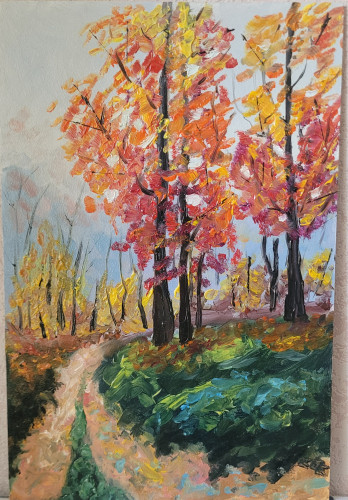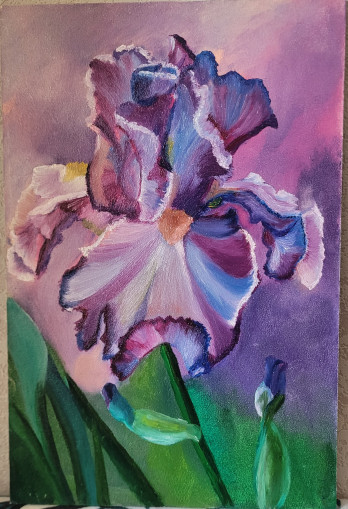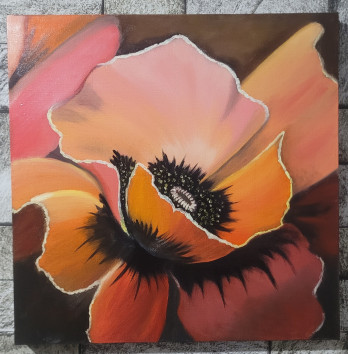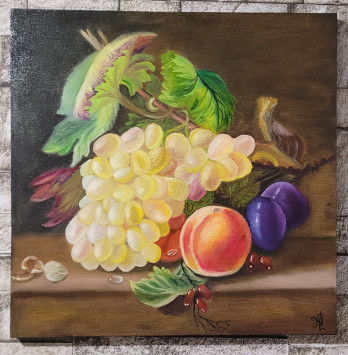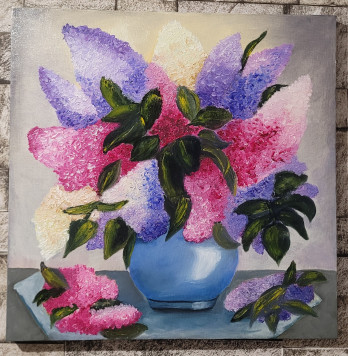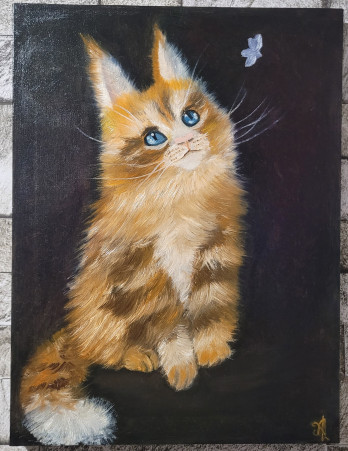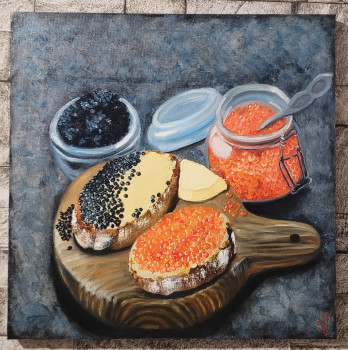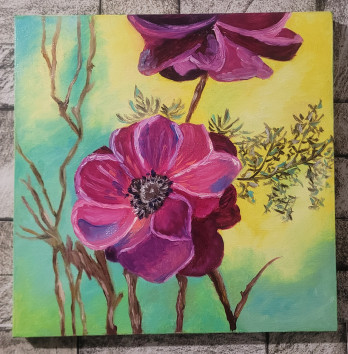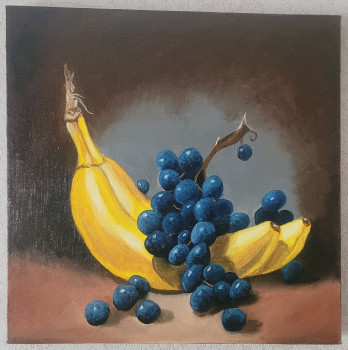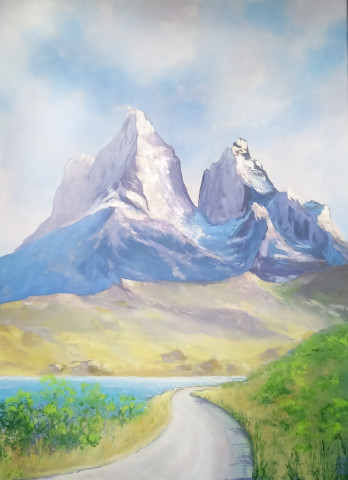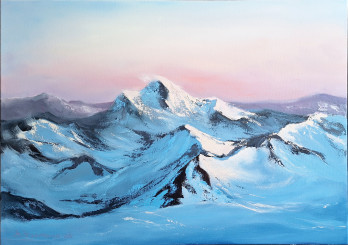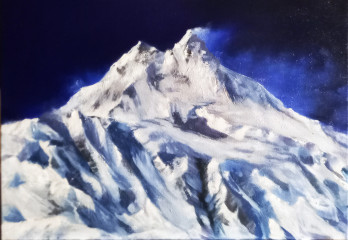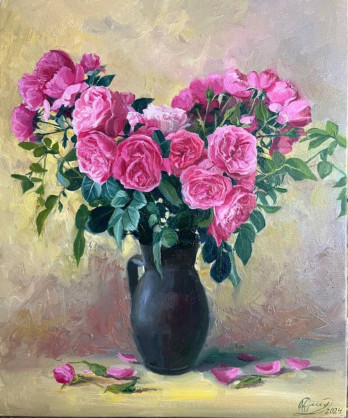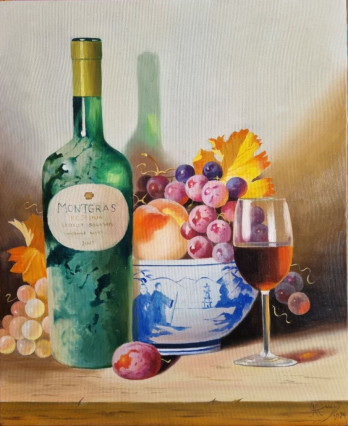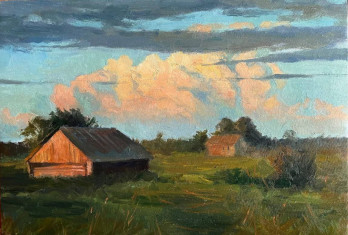Categories:
Oil Paintings Pastel paintings Gouache paintings Watercolor paintings Acrylic paintings Pencil paintings People Nature Nude Cities and countries Flowers Scenery Still life Abstraction Sea Animals Mixed media OtherOil Paintings
Oil Paintings
The technique of oil painting hardly needs any special introduction at all. In the end, even though this material is somewhat old-fashioned, buying an oil painting is as easy as shelling pears. Such a wide offer of various works painted with this particular paint is due to more than an increased demand - among the broad masses there is still a stereotype that such a picture should hang on the wall in an apartment.
Oil paintings are perhaps one of the main whales on which fine art stands. The school of this direction of painting goes back several centuries and, naturally, most of the great and recognizable canvases were made using this material.
Initially, for painting in oil, artists used linseed oil and pigment to create the paint itself, and the most popular "canvas" for applying the image was wooden boards. So, for example, Da Vinci's masterpieces are depicted on wood, and not on the fabric that came into use later.
At this point in time, the artist is more than free in choosing not only various ready-made paints, but also in choosing a basis for a future painting. Now, on the shelves of creative goods stores, you can find anything you want: from amateur paints based on linseed oil and inexpensive organic pigments, to professional materials made using rarer and more persistent inorganic substances, as well as on more carefully selected oil bases. ...
With the development of the fine arts itself, oil painting also became more and more complex and even refined, not only in terms of materials, but also in terms of the techniques used to create paintings. Both of these processes went hand in hand, giving rise to new artistic directions. Initially, the oil painting was created by the artist only within the premises of the workshop, since the paint itself was created by hand. On the one hand, this limitation gave a wide field for experiments on the components and their proportions, which gave the canvases of many old masters a very special texture and color rendition. On the other hand, with the invention of tubes for paint in the middle of the 19th century, which made it possible not only to securely store a very sensitive substance made of oil, pigment and thinner, but to use it outside of workshops.
The emerging lightness and simplicity not only made the process of creating paint cheaper, after which it became possible for a very wide segment of the population to buy an oil painting, but also gave an unprecedented impetus to the development of plein air painting, becoming a starting point in the birth of impressionism.
At the moment, the number of ways to create the paint itself, the techniques of its application and directions of oil painting can hardly be quantifiable. Nevertheless, if you just want to admire the canvases of young artists, or maybe even buy an oil painting for yourself or as a gift, take a look at Art Compass.
